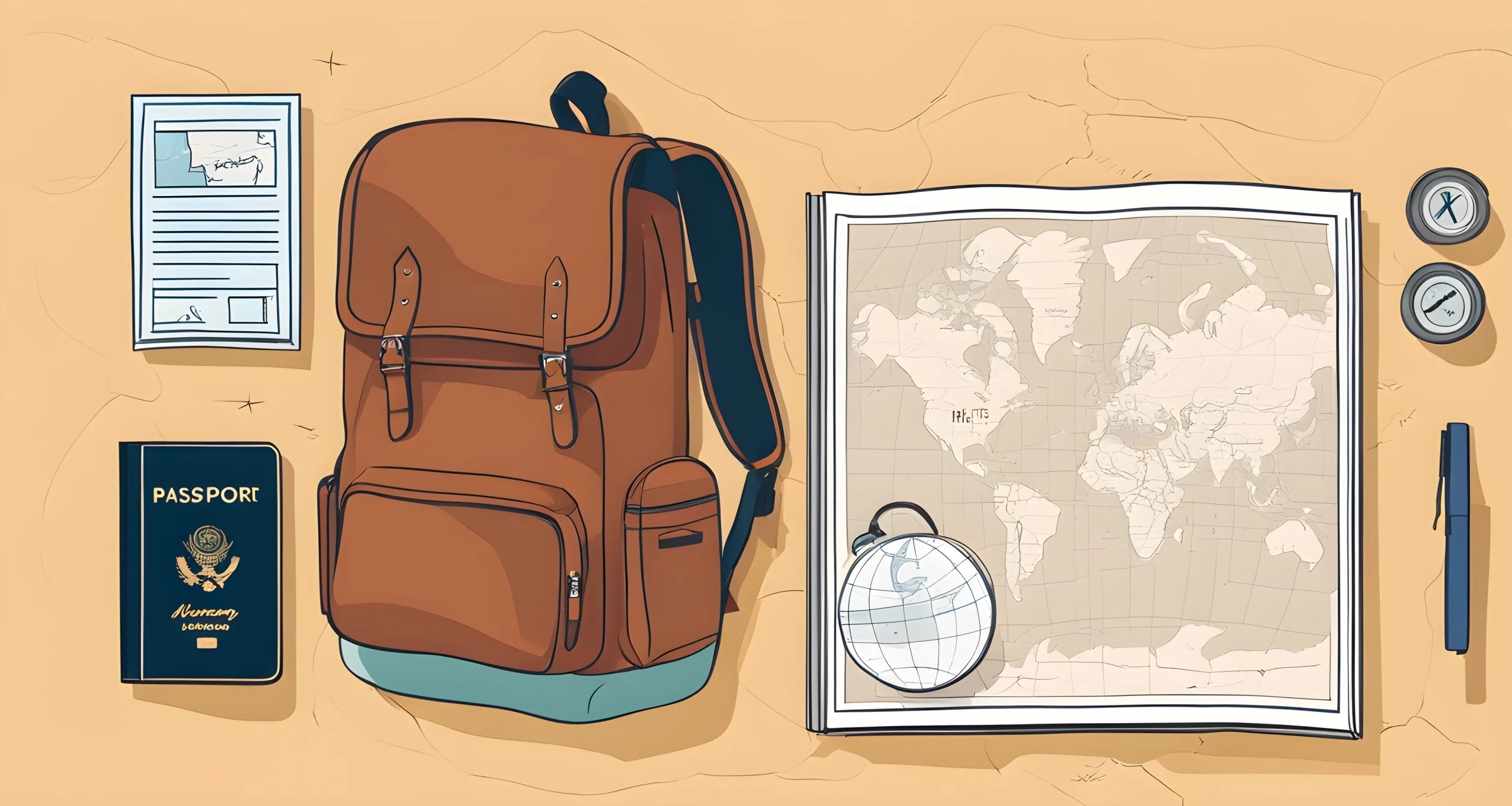Introduction
Welcome to the ultimate guide for solo budget travel! In this article, we will explore the essential tips and tricks for planning a budget-friendly adventure all by yourself. Whether you’re a seasoned traveler or someone looking to embark on their first solo trip, this guide has got you covered.
Choosing the Right Destination
When planning for solo budget travel, it’s essential to carefully consider your destination. Some places are naturally more budget-friendly than others, so doing thorough research on potential destinations is key. Look for places where the cost of living is lower, and there are plenty of affordable accommodations and activities to enjoy. Southeast Asia, for example, is known for being a budget traveler’s paradise, with cheap food, lodging, and transportation options. For more ideas on budget-friendly exotic places to visit, check out our article on Budget-Friendly Exotic Trips.
Creating a Detailed Travel Budget
Once you’ve chosen your destination, the next step is to create a detailed travel budget. This should include all potential expenses such as transportation, accommodation, food, activities, and any additional costs that may arise during your trip. By outlining your expenses in advance, you can better manage your funds and avoid any unexpected financial stress while traveling solo.
Refining Your Budget Categories
Breaking down your travel budget into specific categories will help you better allocate your funds and identify areas where you can save money. Consider breaking down your budget into categories such as transportation (flights, local transport), accommodation (hostels, guesthouses), food (groceries, dining out), activities (museums, tours), and emergency funds.
Budgeting by Item or Category
Once you have refined your budget categories, it’s time to further break down your expenses by item or category. This could involve setting specific spending limits for each category or item to ensure that you stay within your overall budget. For example:
- Transportation: Set a limit for flight or train tickets.
- Accommodation: Allocate a specific amount for nightly lodging.
- Food: Determine how much you can spend on meals each day.
- Activities: Plan out how much you want to spend on sightseeing and excursions.
By creating a detailed breakdown of your expenses, you can better manage your finances while traveling solo on a budget.
In this ultimate guide for solo budget travel, we’ll dive deeper into each of these topics to provide you with all the information and advice you need to make the most of your adventure without breaking the bank. So get ready to embark on an unforgettable journey filled with new experiences and adventures!
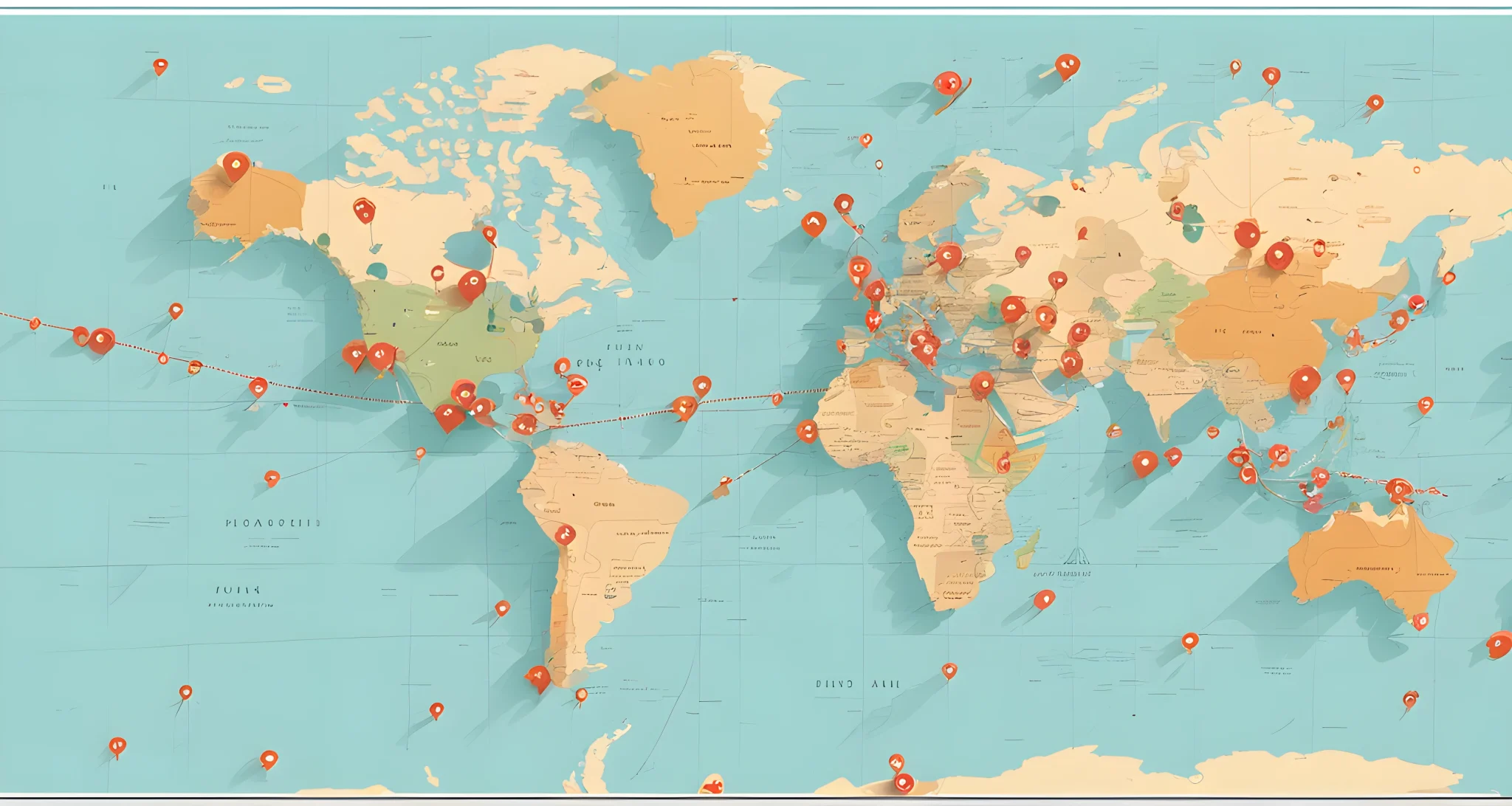
Choosing the Right Destination
Choosing the Right Destination
When planning a solo budget trip, choosing the right destination is crucial. Here are some tips to help you pick the perfect place for your adventure:
Consider Your Interests and Preferences
- Think about what you enjoy doing and the type of experience you want to have.
- Whether you prefer a bustling city, a serene beach, or an adventurous hike, it’s important to choose a destination that aligns with your interests.
Research Budget-Friendly Destinations
- Look for destinations that offer affordable accommodations, meals, and activities.
- Consider exploring countries with favorable exchange rates or off-the-beaten-path locations that may be less expensive.
Factor in Transportation Costs
- Take into account the cost of flights or other transportation to your chosen destination.
- Consider destinations that are easily accessible and offer affordable transportation options once you arrive.
Safety and Solo Travel-Friendly
- Prioritize safety when choosing a destination for your solo trip.
- Look for places that are known for being welcoming to solo travelers and have a good reputation for safety.
Cultural Experiences
- Consider destinations that offer unique cultural experiences that align with your interests.
- Immersing yourself in local culture can provide enriching experiences without breaking the bank.
Once you’ve chosen the right destination, it’s time to move on to creating a detailed travel budget. This involves not only setting an overall budget but also breaking it down into specific categories such as flights, accommodations, meals, activities, and transportation. By having a clear understanding of how much you can spend in each category, you can avoid overspending and ensure that your trip remains within budget.
For more travel tips and deals on family-friendly travel, check out Fun family travel offers for valuable insights on traveling with kids.
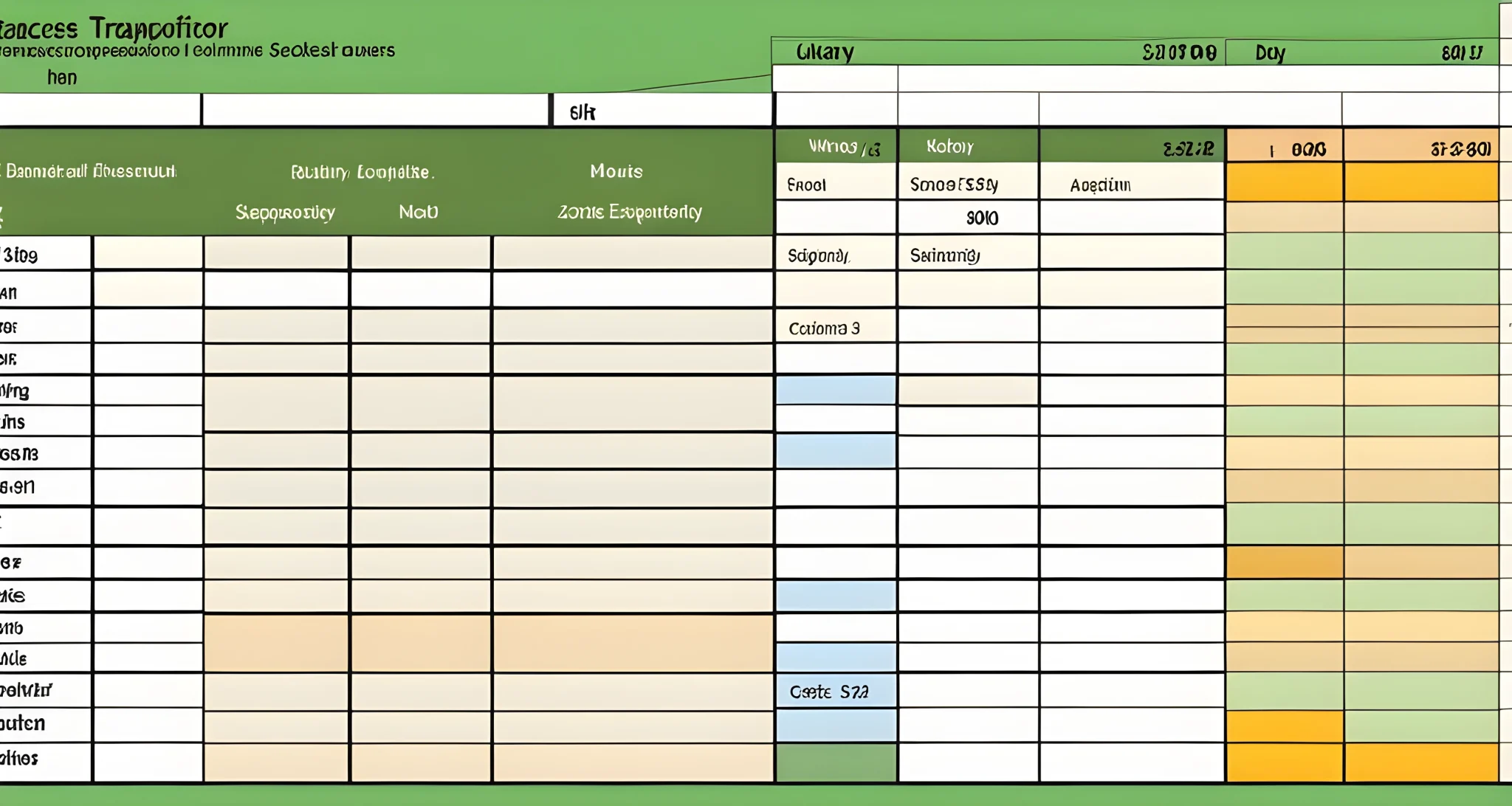
Creating a Detailed Travel Budget
When it comes to creating a detailed travel budget, it’s important to consider all aspects of your trip to ensure that you have enough funds to cover all expenses. Here are some tips for refining your budget categories:
Lodging Options
- Research different types of lodging options such as hostels, guesthouses, or rental apartments to find the most cost-effective option for your trip.
- Consider using platforms like Frugal airfare days to find the cheapest days to fly and save on transportation costs.
Meal Expenses
- Factor in the average cost of dining at local eateries versus touristy restaurants to allocate funds accordingly.
- Look for budget-friendly dining options such as street food or local markets to save on meal expenses.
Transportation Costs
- Research public transportation options in your destination to compare costs with private transportation like taxis or ride-sharing services.
- Consider using travel passes or discount cards for public transportation to save on commuting expenses.
Sightseeing and Activities
- Prioritize the sightseeing and activities you want to do and research their respective costs to allocate funds accordingly.
- Look for free or low-cost activities such as hiking, visiting public parks, or attending local events to save on entertainment expenses.
Miscellaneous Expenses
- Set aside a budget for unexpected expenses such as souvenirs, travel insurance, or emergency funds.
- Consider using a currency exchange comparison tool to find the best rates for exchanging money in your destination.
By refining your budget categories in this way, you can better estimate the total cost of your trip and ensure that you have enough funds allocated for each aspect of your travel. This level of detail will help you avoid overspending and make the most of your budget while exploring new destinations.
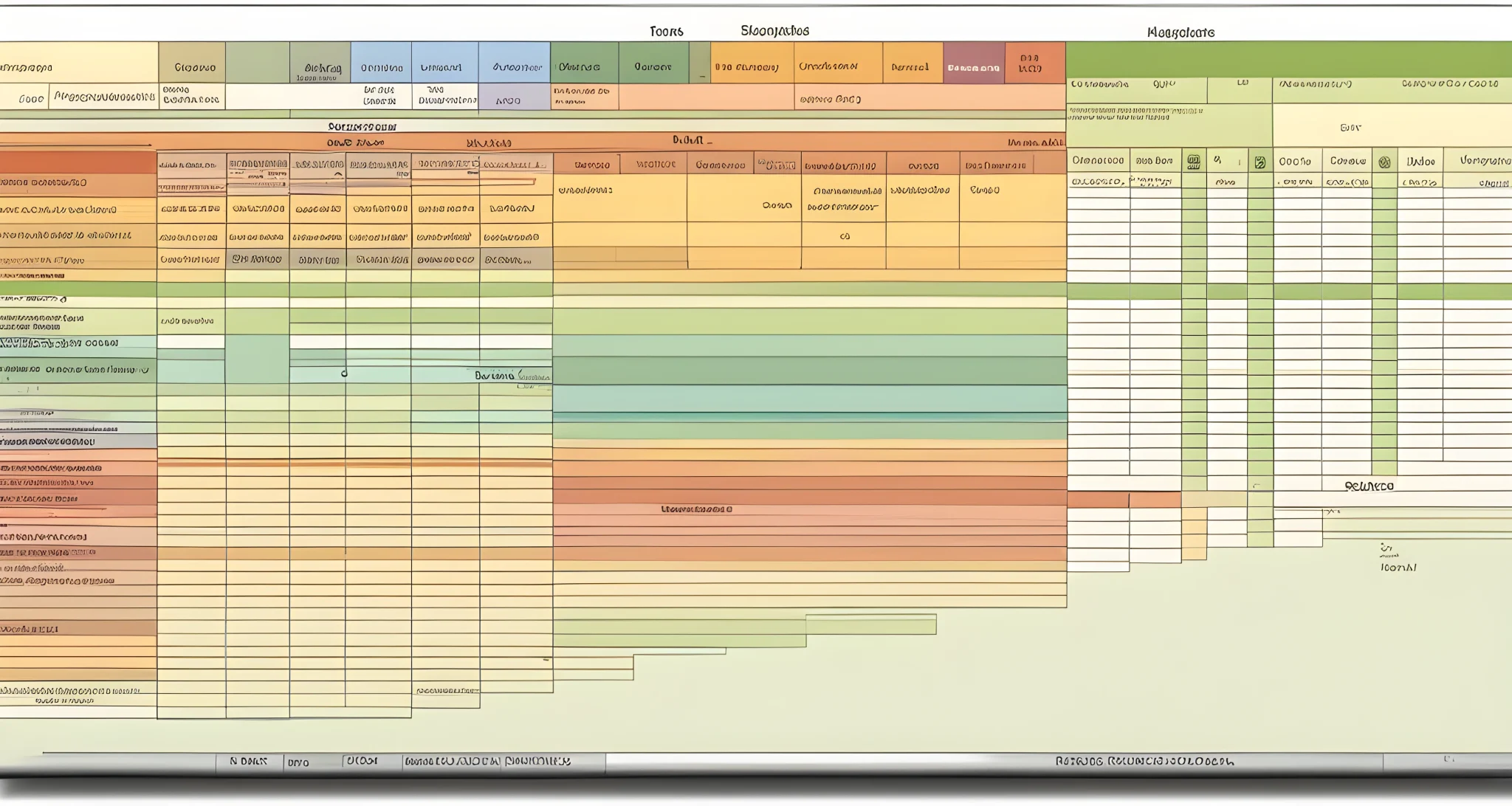
Refining Your Budget Categories
Once you have created a detailed travel budget, the next step is to refine your budget categories for better control over your expenses. This can help ensure that you stay within your overall budget while still enjoying your trip to the fullest.
Review Your Initial Budget
Before refining your budget categories, it’s important to review your initial budget and see if there are any areas where you may have underestimated or overestimated your expenses. This will provide a starting point for making adjustments to your budget categories.
Consider Specific Needs
When refining your budget categories, consider any specific needs you may have during your trip. This could include dietary restrictions, transportation requirements, or any activities or experiences that are important to you. Allocating funds specifically for these needs will help prevent overspending in other areas.
Allocate Funds Wisely
Instead of having broad categories like "food" or "entertainment," consider breaking down your budget into specific items or activities. For example, instead of just allocating a lump sum for dining out, you can allocate specific amounts for daily meals and snacks. This level of detail allows for precise control over spending and can help avoid unexpected budget overruns in specific areas.
Track Your Spending
Once you have refined your budget categories, it’s important to track your spending throughout your trip. This will help you stay on top of your expenses and make adjustments if necessary. There are many apps and tools available that can help with this, making it easy to keep track of where your money is going.
Stay Flexible
While it’s important to stick to your budget, it’s also important to stay flexible. Unexpected expenses can arise during travel, so it’s good to have a contingency fund set aside for emergencies. Being flexible with your budget categories will allow you to adapt to these situations without sacrificing the overall enjoyment of your trip.
Refining your budget categories takes time and effort, but it can ultimately lead to a more enjoyable and stress-free travel experience. By allocating funds wisely, tracking your spending, and staying flexible, you can make the most of your solo budget travel adventure.
Remember that refining your budget categories is just one part of the overall travel planning process. For more tips on maximizing travel rewards and deals, check out our Rewards and deals guide for additional insights on how to save money during your travels.
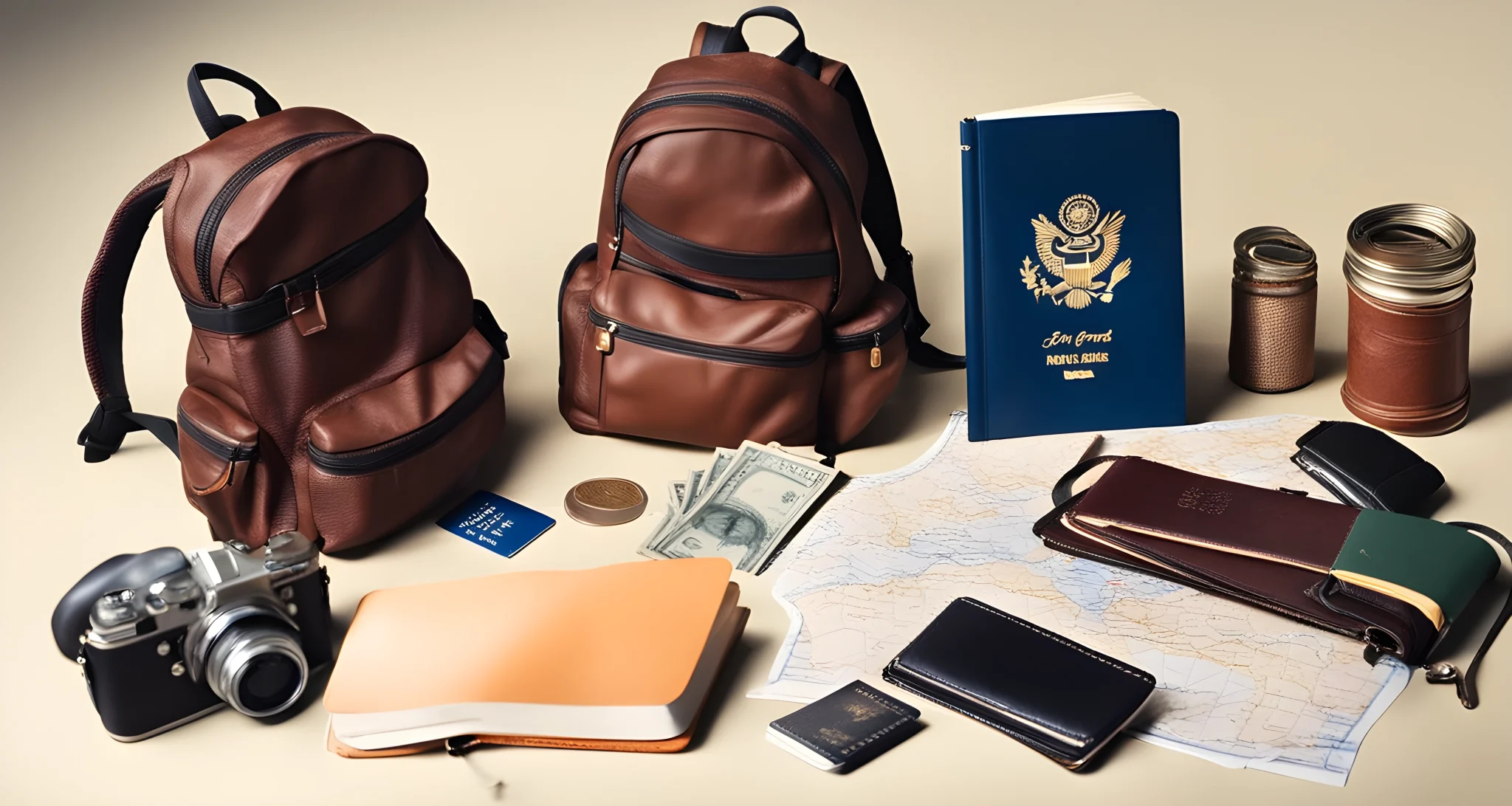
Budgeting by Item or Category
When it comes to budgeting for solo travel, breaking down your expenses by item or category can help you stay organized and on track with your spending. Here are some tips to help you effectively manage your budget:
-
Transportation:
- Research the cost of transportation to and from your destination, including flights, trains, buses, and local transportation options. Look for deals and discounts to save on these expenses.
- Consider using travel rewards Handy Budget Travel Pointers to offset the cost of flights or other transportation.
-
Accommodations:
- Allocate a portion of your budget for accommodations, whether it’s hotels, hostels, or vacation rentals. Look for affordable options that meet your needs and consider loyalty programs offered by hotel chains to accumulate points for future stays.
-
Food and Dining:
- Plan for your meals by setting a daily food budget. Look for local eateries, street food vendors, and grocery stores to save on dining expenses. Consider cooking some of your meals if you have access to a kitchen in your accommodation.
-
Activities and Entertainment:
- Research the cost of activities, tours, and attractions at your destination. Allocate a portion of your budget for these experiences and look for free or low-cost activities to enjoy during your trip.
-
Miscellaneous Expenses:
- Set aside a small amount in your budget for unexpected expenses or souvenirs. It’s important to have some flexibility in your budget for unplanned costs that may arise during your travels.
By budgeting by item or category, you can track your spending more effectively and make adjustments as needed to stay within your budget. This approach allows you to prioritize certain expenses while being mindful of others, ensuring that you have an enjoyable and cost-effective solo travel experience.
Maximizing Travel Rewards:
Collecting and utilizing travel rewards can significantly contribute to a cost-effective solo budget travel experience. Research and sign up for loyalty programs offered by airlines and hotel chains to start accumulating points and miles. By strategically using these rewards, you can offset or entirely cover the cost of flights, accommodations, and other travel expenses, making your trip even more budget-friendly. So be sure to take advantage of these programs when planning your solo adventure.
Remember, effective budgeting is essential for making the most of your solo travel experience without breaking the bank. By carefully allocating funds for each aspect of your trip and considering the use of travel rewards, you can enjoy a fulfilling journey while staying within your financial means.
FAQ
How can i save money on flights and accommodations?
Start by setting a budget and researching your destination to determine the best times to travel and the most affordable options for flights, accommodations, and activities. booking flights during shoulder or low seasons can significantly reduce costs, and considering hostels or budget-friendly accommodations can help save money on lodging.
What is the best way to get around in a cost-effective manner?
Instead of relying on taxis or private transfers, use local public transportation to get around. this not only saves money but also provides a more authentic experience of the local culture.
How can i experience local cuisine without overspending?
Avoid touristy restaurants and opt for local eateries instead. not only will you get better food at a lower price, but you’ll also experience the authentic flavors and atmosphere of the destination.
Are there any additional resources for finding discounted flights?
Collect airline points and miles to get discounted or free flights. this can be especially helpful for long-haul trips or during peak travel seasons. websites like the points guy and rewards canada provide helpful tips for maximizing travel rewards.
